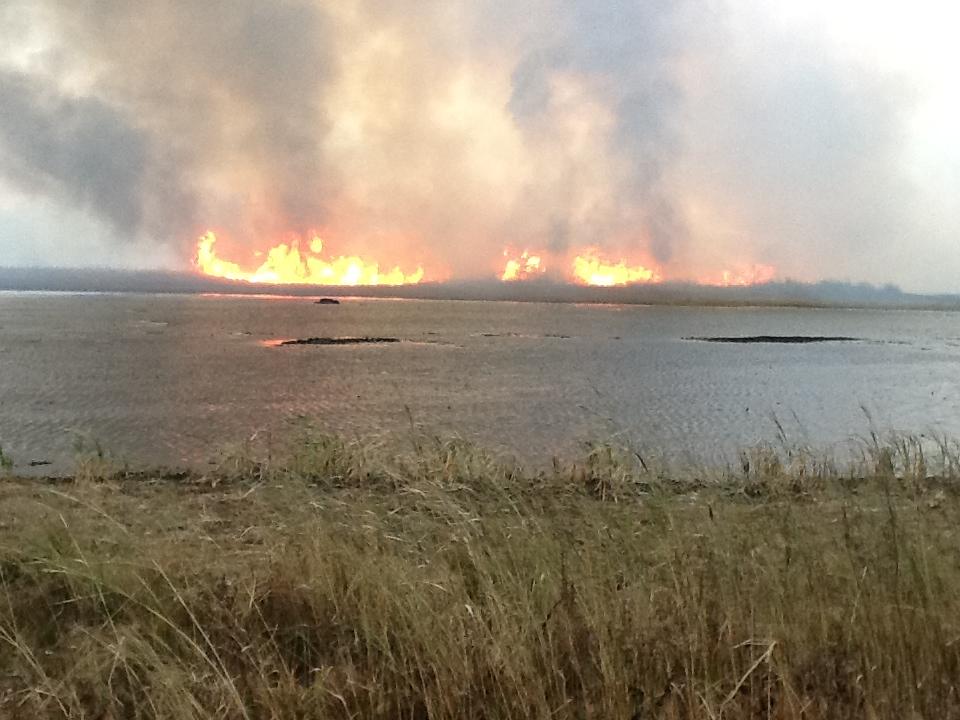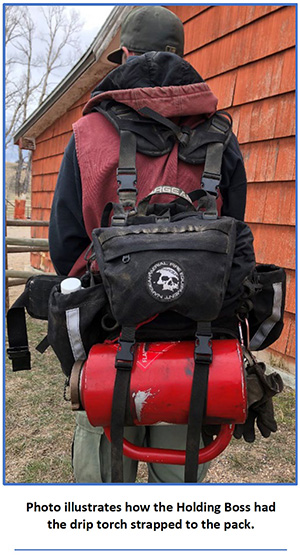
Legislation that did not pass in Congress last year to promote prescribed fire was reintroduced yesterday by four Senators. The National Prescribed Fire Act of 2021 would appropriate $300 million each to the Departments of the Interior (DOI) and Agriculture (DOA) to increase the pace and scale of controlled burns on state, county, and federally managed lands. Companion legislation with four sponsors was introduced in the House of Representatives.
Of the total of eight sponsors and co-sponsors, seven are Democrats and one is Republican. The legislation did not stand a chance in 2020 but it could fare better this year.
Senators have issued press releases promising that if the bill is passed it “would help prevent the blistering and destructive infernos from destroying homes, businesses and livelihoods.” ?
The legislation:
- Establishes a $10 million collaborative program, based on the successful Collaborative Forest Landscape Restoration Program, to implement controlled burns on county, state and private land at high risk of burning in a wildfire.
- Establishes an incentive program to provide funding to state, county, and federal agencies for any large-scale controlled burn.S tates and counties could receive up to $100,000 for prescribed fire projects.
- Establishes a workforce development program at the Forest Service and DOI to develop, train, and hire prescribed fire practitioners, and establishes employment programs for Tribes, veterans, women, and those formerly incarcerated.
- Directs the DOI and DOA to hire additional personnel and procure equipment, including unmanned aerial systems equipped with aerial ignitions systems, in order to implement a greater number of prescribed fires.
- Encourages large cross-boundary prescribed fires exceeding 50,000 acres.
- Sets an annual target of at least one million acres treated with prescribed fire by federal agencies, but not to exceed 20 million.
- Requires that by September 30, 2023 a minimum of one prescribed fire to be conducted on each unit of the National Forest System, unit of the National Wildlife Refuge System, unit of the National Park System, and Bureau of Land Management district under the jurisdiction of the two Departments. The intent is to increase familiarity with prescribed fire in local units.
- The two Departments shall hire additional employees and provide training and development activities, including through partnerships with community colleges, to increase the number of skilled and qualified prescribed fire practitioners in the DOI, DOA, Indian Tribes, and other qualified organizations, including training in smoke management practices.
- The Office of Personnel Management shall give the two Departments new authority to hire temporary personnel to perform work related to prescribed fire, including training, implementation, and post-prescribed burning activities. The workers could begin three days before the project and work through three days after “the prescribed fire has stopped burning.”
- Overtime payments for prescribed fire could be paid out of wildfire suppression accounts.
- Each Department shall create at least one crew for implementing prescribed fires. After a person works on the crew for five seasons they would become eligible for noncompetitive conversion to a permanent position.
- The Departments may spend up to $1 million in working with the National Governors’ Association to host a conference to discuss the benefits of addressing liability protection related to prescribed fires, and possible incentives for States to enact a covered law.
“In the simplest terms, the National Prescribed Fire Act offers a legislative solution to increase the use of prescribed fire,” said National Association of State Foresters President, Arkansas State Forester, Joe Fox. “With this bill, state foresters would be able to maximize their utilization of controlled burns to enhance forest health while minimizing damages and mega smoke emissions from catastrophic wildfires. It is a win-win-win for forests, wildland fire management, and public health.”











